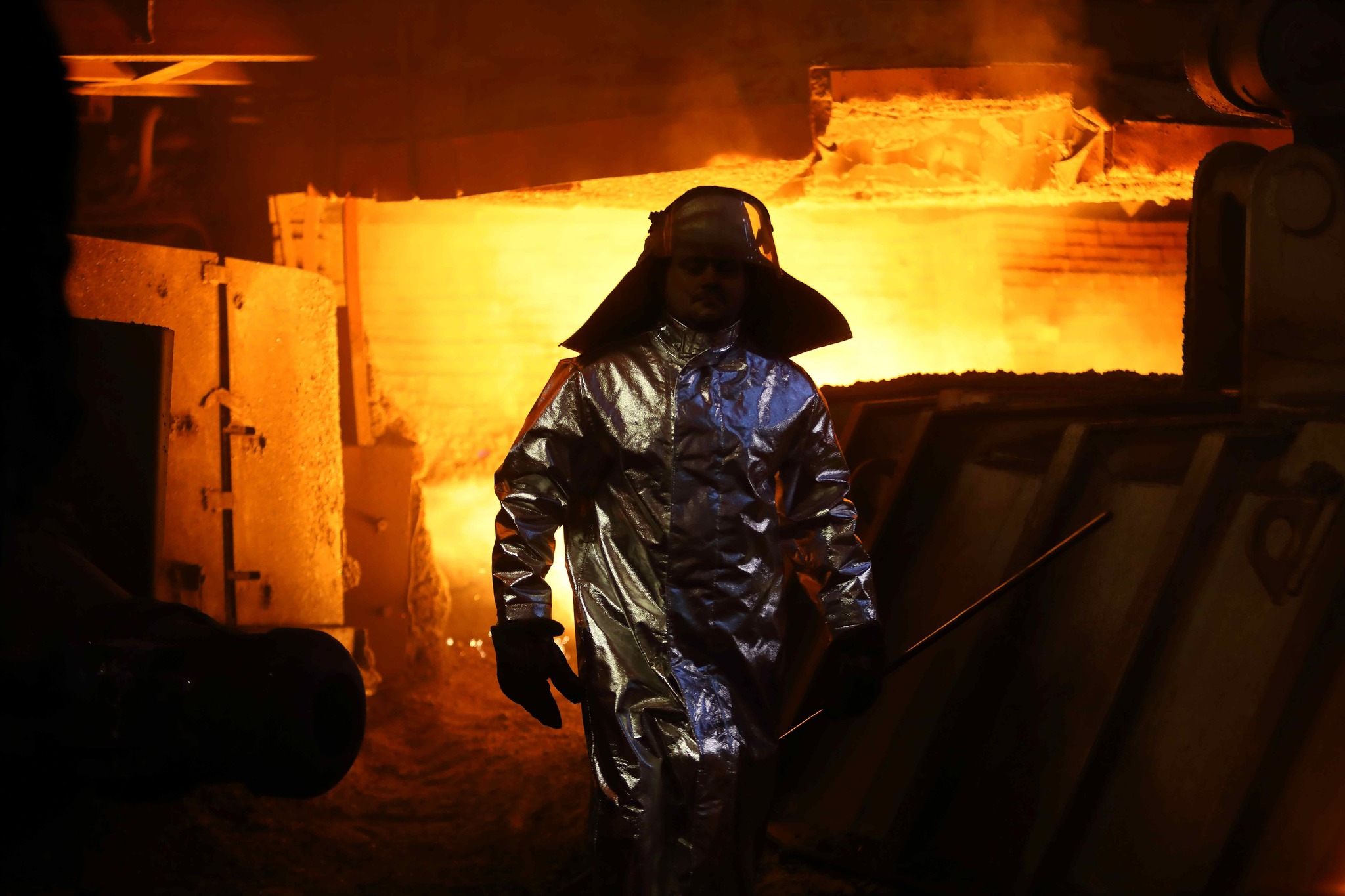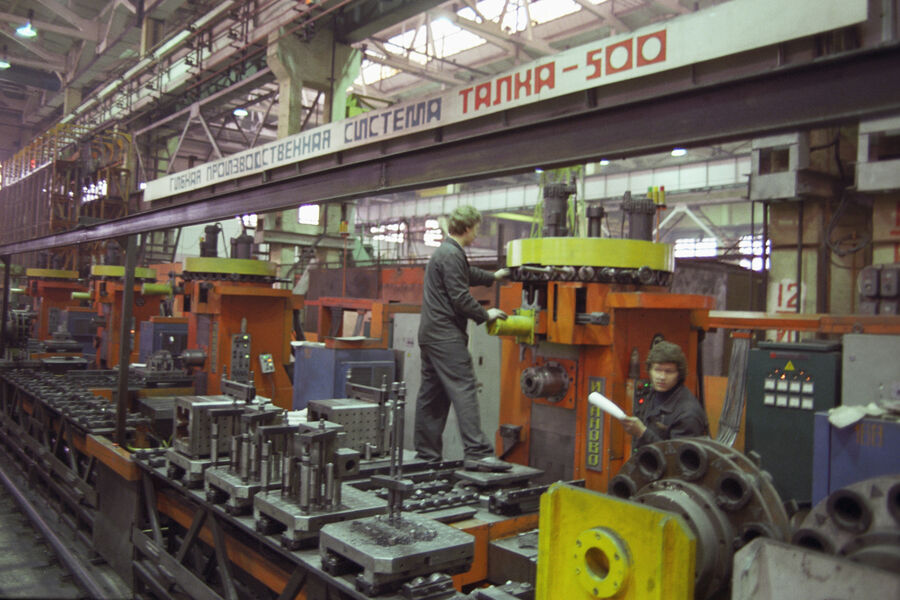Alexander Kovalenko, military-political analyst, specifically for Minval.az
"The German publication Bild, in one of its recent articles, shocked its readers, both German and international, with information suggesting that the Bundeswehr (German Armed Forces) is preparing for war with Russia, based on a very frightening scenario. According to this scenario, in 2024, Russia will deliver a devastating blow to Ukraine and will initiate a hybrid, and eventually open, invasion of Europe. Many interpreted this article not merely as considering a negative scenario but as something expected by the Bundeswehr in the near future, given the alleged inevitability of Ukraine's defeat in the war.
However, it's important to note that the scenario described by Bild is part of military exercises and training for Bundeswehr units. This is a common practice, where a specific scenario is outlined for training purposes to enhance their skills. For instance, during the joint Belarus-Russia exercises "Zapad-2017," three fictional countries—Veishnoria, Vesbaria, and Lubenia—were created to simulate a NATO invasion.
The alarming realism portrayed in the Bundeswehr's scenario has raised concerns. But how realistic is this portrayal?
To begin with, one must understand the capabilities of the current Russian forces in the conflict zone in Ukraine.
As of today, the Russian Armed Forces comprise 462,000 personnel equipped with just over 2,800 tanks, 6,800 armored vehicles (BMM), 4,600 pieces of artillery, and over 1,000 rocket artillery systems. At first glance, this appears to be a colossal force, but in reality, it reflects a monstrous undermanning of troops.
According to the established staff structure, a force of 462,000 personnel should have 6,340 tanks, 19,000 armored vehicles, almost 7,000 artillery pieces, and RSZO units. The shortage in the staff structure is compensated by the units' capabilities to fulfill combat tasks, which has become evident in recent times.
Over the two years of full-scale war in Ukraine, the Russian army has lost tens of thousands of pieces of equipment. The Russian defense industry is struggling to compensate for daily, weekly, and monthly losses, unable to fully equip the units in the conflict zone. Under these circumstances, the idea of new tank divisions seems implausible, as even the Russian command lacks the ability to fully equip existing units.
Another interesting aspect is the Russian forces' ability to conduct offensives. In 2022, during the full-scale invasion of Ukraine, Russian troops, numbering 180,000, captured parts of Chernihiv, Kyiv, Sumy, Kharkiv, Zaporizhia, Kherson, and Mykolaiv regions, advancing into the Luhansk and Donetsk regions. They were later repelled and retreated from most territories throughout 2022. However, the fact remains that a force of 180,000 professionally equipped troops demonstrated initial effectiveness far superior to the current 460,000 Russian soldiers.
Over three months ago, Russian forces initiated an offensive on the small town of Avdiivka. Currently, a 45,000-strong Russian troop contingent has not only failed to capture Avdiivka but is unable to encircle it. Spending three months on a small town raises questions, especially considering that in 2022, a 40,000-strong force was advancing towards Kyiv.
A more striking example is from late May to early June 2023 when two Russian troop groups, "West" and "Center," totaling 100,000, launched an offensive on the Lyman-Kupyansk axis spanning 170 km. Despite more than six months of effort, they haven't breached the Ukrainian army's defense. Their advance towards the main goal, Kupyansk, has been stalled for the sixth month near the fortified area around the small village of Synkivka, not even a town.
In Bild's scenario, apocalyptic events are described vividly, events that, under any circumstances, cannot occur, although they share similarities with ongoing and future developments. For instance, the immediate mobilization after the Russian presidential elections. The figure of 200,000 cited is underestimated, and the 2024 mobilization is expected to surpass the "partial mobilization" of 2022 when just over 300,000 Russians were conscripted.
Attempts by the Russian army to conduct offensives will persist throughout 2024, entering an operational pause in the summer but intensifying in the fall. However, regarding the effectiveness of such offensives, they will not exhibit a significant improvement and might even worsen.Hybrid threats against the Baltic countries and Poland are also considered quite realistic in the scenario. However, these threats would not take the form of an overt invasion since, by 2025, the Russian army is expected to be even more depleted than in 2023 and 2024. Ukraine is currently waging a war of attrition against the occupying forces, preventing the Russian military-industrial complex from adequately supplying the troops, let alone forming new, fully equipped units. An open war against NATO in the model of 2025 would be tantamount to suicide for Russia.
According to the NATO invasion scenario, after the rapid capture of Ukraine within an extremely tight timeframe, ranging from 72 hours to three weeks, Russian forces were supposed to launch a forced march from Grodno and Lida towards Alytus and Mariampol, with an exit through Vilkaviškis into the Kaliningrad region. The Russian command allocated 48 hours for the operation to establish a land corridor.
Moscow did not believe that NATO would invoke Article 5 of collective security and start fighting for Lithuania before 48 hours had passed. During this time, Russians planned to stall, explaining from the UN podium and various platforms that it was not an invasion but a necessity to create a humanitarian land corridor to the Kaliningrad region.
However, in Ukraine, things did not go as planned for the Russians, and instead of 3 days or 3 weeks, they became entrenched in fierce battles for the second year in a row.
Therefore, the scenario is not entirely fictional but rather realistic. However, there is one nuance for Russia in its successful implementation, and that nuance is Ukraine."




















